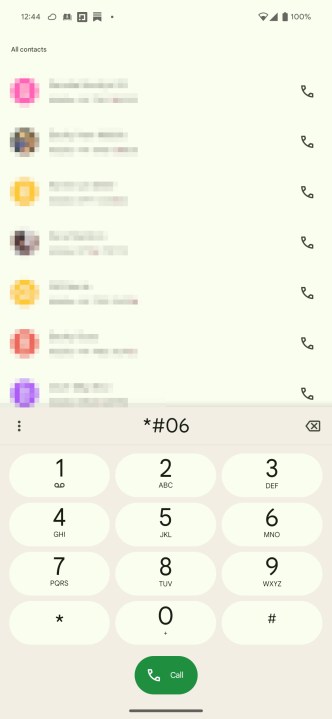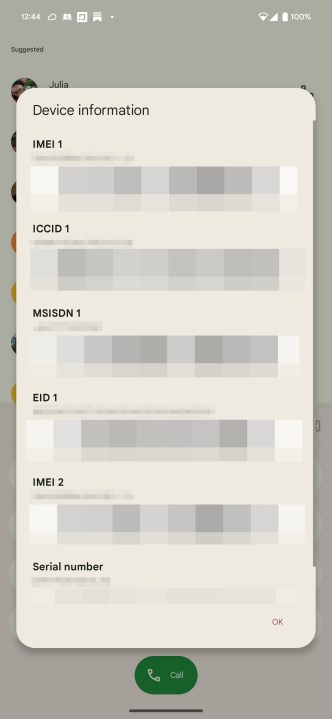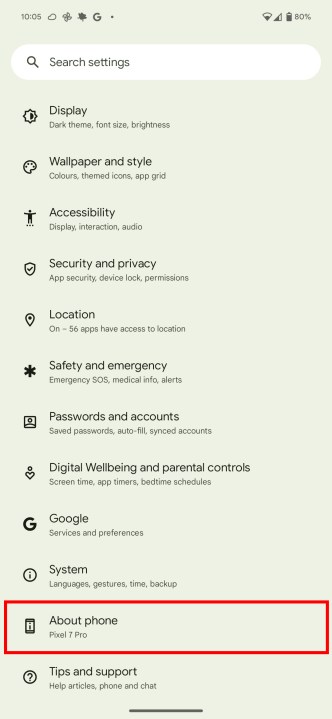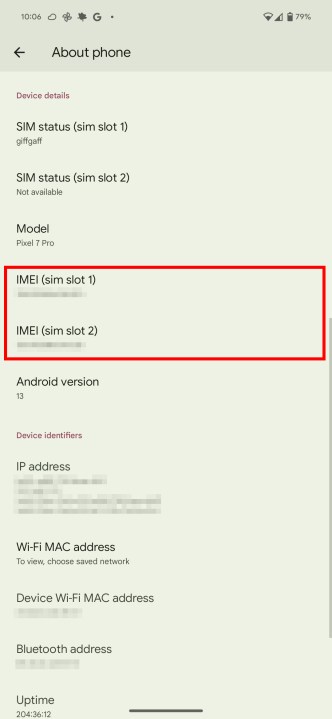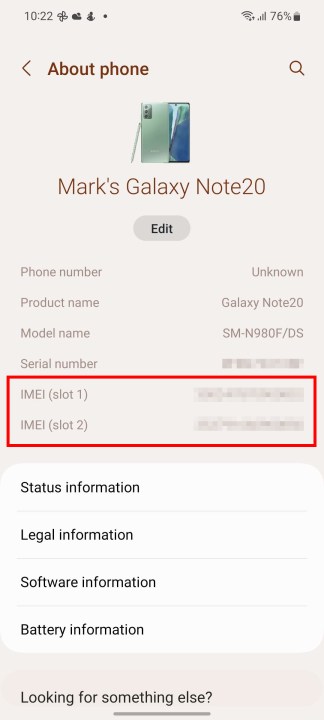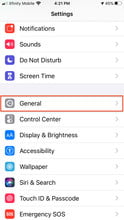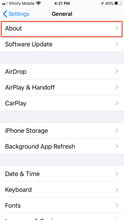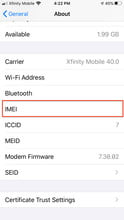Every cell phone — whether iPhone, Android, or plain and simple dumb phone — has a unique International Mobile Equipment Identity (IMEI) number that can be used to identify it. This number is exceptionally important, as it can be used for a number of different purposes, from verifying whether a device has been reported as stolen, to confirming your phone for trade-in purposes. There are different reasons you might need to know your IMEI, and there are a few ways you can get your hands on it when needed.
Not sure where to find your IMEI number? Not a problem, we've got the guide for you right here. Here's how to find your IMEI number on any cell phone, whether it's an Android phone, iPhone, or dumb phone.
While we're at it, we've also got guides on how to discover your own phone number, your Android or iPhone's model number, and how to find a lost cell phone of any type.
Please note: Be sure not to share your IMEI widely. IMEI numbers can be used to blacklist devices so that they don’t work, rendering them useless, so it's not hard to see how a malicious party could easily disrupt your phone, or even clone it for nefarious purposes.
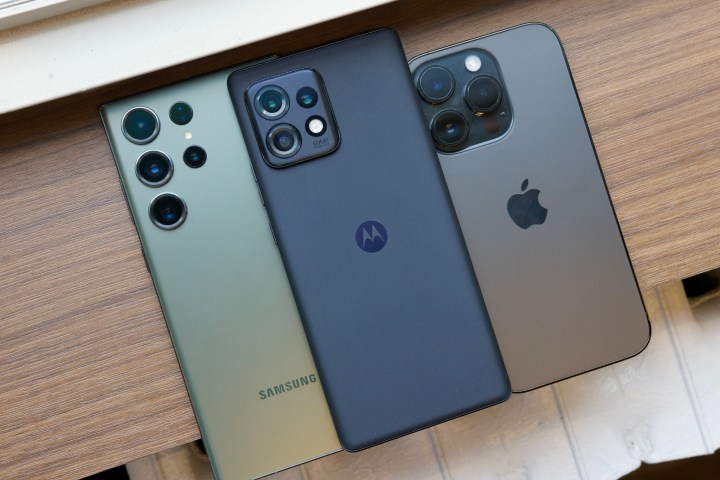
How to find the IMEI number of any smartphone
There's a quick and easy way to discover your IMEI built into many cell phones, and all you need is your phone dialer.
This method should work with a large number of phones, and we teted it out on a Google Pixel 7 Pro, iPhone 8, and Samsung Galaxy Note 20 and it worked each time. However, it's not a foolproof method, and may not work for every phone. If you're having issues, make sure you're using your phone's default dialer app (so no using True Caller or similar apps) to enter the number. Otherwise, check further down the list to try one of the other methods.
Step 1: To get your IMEI number, dial *#06#. There's no need to press the dial key.
Step 2: After you type that code into your phone’s keypad, you’ll get a pop-up that has your IMEI number and other important phone information.
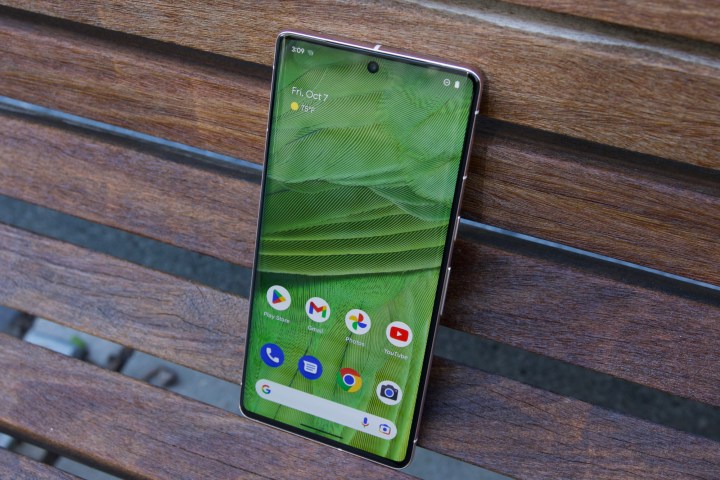
How to find the IMEI number of an Android phone
On Android phones, you can find the IMEI number in the Settings menu. The exact route may be different for each Android phone's brand, but in general, you should be able to find it somewhere under the About phone menu in Settings.
Step 1: Head to the Settings app either by opening the app drawer, or by pulling down twice on the notification shade and selecting the cogwheel.
Step 2: Head to About phone. You may need to scroll down, or access more options like Status or Status information. Most phones we tested had the information freely available from the Status screen though.
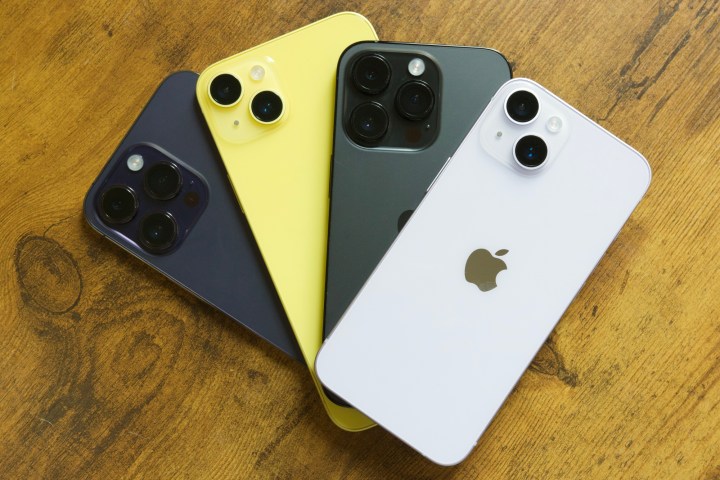
How to find the IMEI number of an iPhone
While the dialer option worked for us on an iPhone 8, if it doesn't work for you then there are other ways to find your IMEI number on an iPhone.
Step 1: Go to Settings > General > About.
Step 2: Scroll down to find the IMEI entry in the list. You can also touch and hold the number to copy it to the clipboard and then paste it somewhere else, such as in Notes or a text.
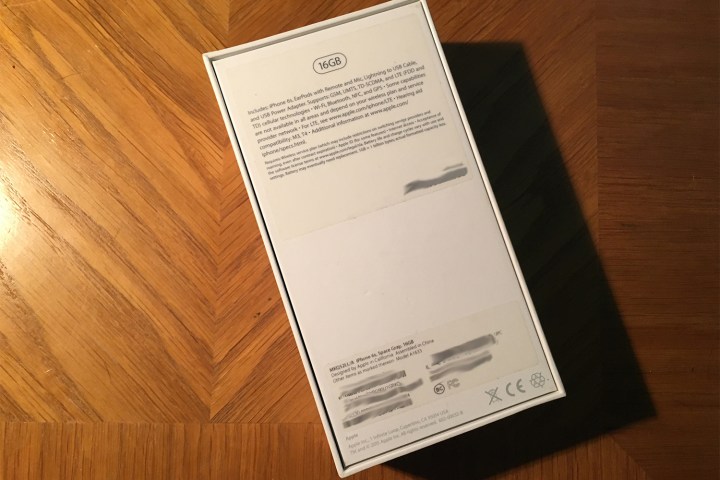
How to find the IMEI number on your phone's box
If your iPhone or Android phone has been stolen and you forgot to check and write down the IMEI number, it’s still possible to locate it. If you’ve kept the box your phone came in when you purchased it, you’re in luck, because it usually displays the IMEI number on a sticker on one of its sides.
How to find the IMEI using Google Find your phone
Any phone connected to your Google account will have its IMEI stored on your Google account.
Step 1: Visit Google's Find your phone page.
Step 2: Select the phone you wish to find the IMEI of.
Step 3: Click the "?" in the upper-left hand corner of the screen for the phone's info, including IMEI.
Editors' Recommendations
- How to download shows and movies from Hulu for offline viewing
- How to play YouTube in the background on iPhone and Android
- A big iPhone update is right around the corner
- How to find your phone number on iPhone or Android
- Are you having iPhone alarm problems? A fix is coming soon
